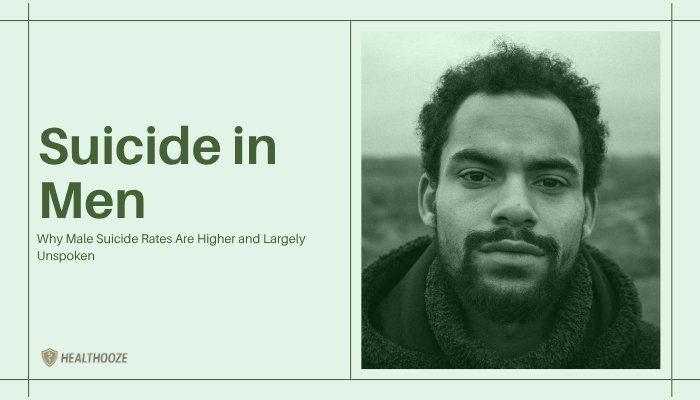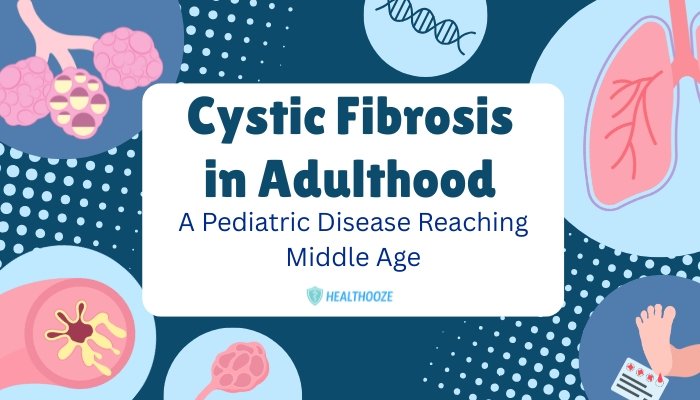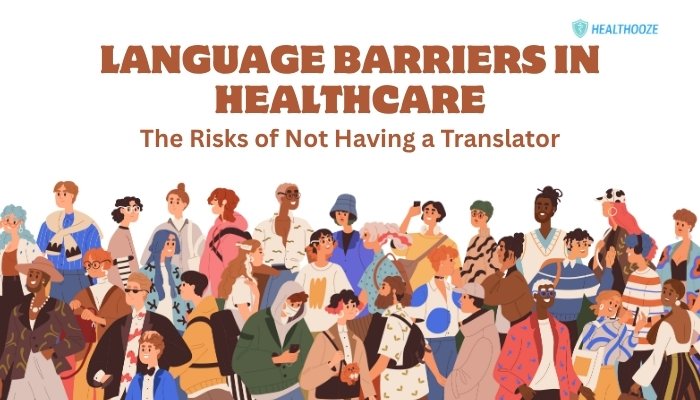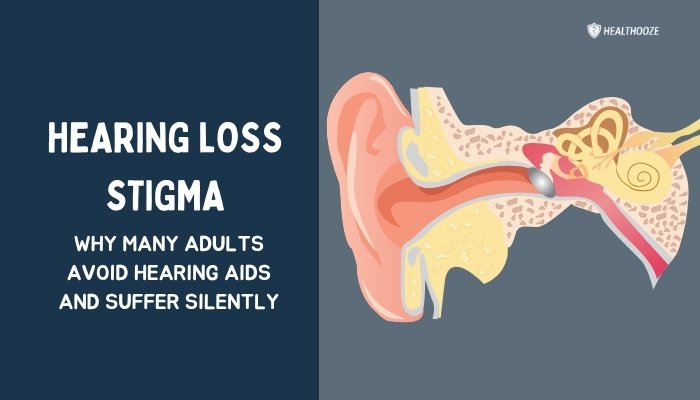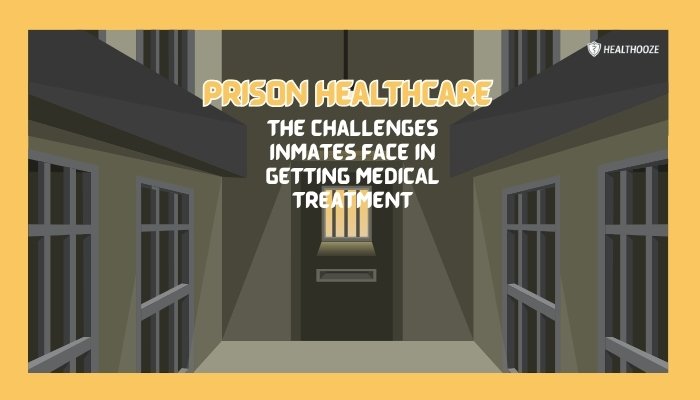Introduction
Men die by suicide at higher rates worldwide compared to women—a sobering statistic that often goes unnoticed or is minimized. Cultural norms encouraging stoicism, reluctance to seek help, and limited outlets for emotional expression all contribute to this silent crisis.
Despite growing awareness of mental health, male suicide remains surrounded by stigma and misconceptions, hindering early interventions and life-saving conversations.
This article explores the root causes of men’s elevated suicide rates, details the signs of distress that friends or family can watch for, and identifies resources that can encourage men to seek professional help.
By acknowledging that vulnerability does not diminish masculinity, communities can challenge toxic stereotypes, equip men with coping strategies, and ultimately foster a culture where asking for help is seen as a measure of strength, not weakness.
Understanding the Higher Suicide Rates in Men
Statistical Overview
While suicide rates vary by region and demographic group, the overall pattern is consistent: men die by suicide at two to four times the rate of women in many Western countries, including the United States, Canada, Australia, and parts of Europe. Several factors fuel this discrepancy, including means used, societal roles, and differences in how men process stress.
Methods and Lethality
- Use of Firearms or Other High-Lethality Means: Men are more likely to opt for methods that leave little chance of survival, contributing to higher fatality rates even if attempts are comparable to or less frequent than women’s.
- Lower Intervention Window: Quick, violent methods provide fewer opportunities for last-minute rescue or intervention compared to overdosing or self-harm patterns commonly seen in women.
Societal Pressures
- Breadwinner Stress: Societal norms that tie self-worth to income and job status can escalate despair when men face financial instability or unemployment.
- Emotional Restriction: Taught from a young age to “man up,” many men feel they must suppress emotional vulnerabilities, increasing the risk of isolation and hopelessness.
- Relationship Breakdowns: Divorce or separation can disproportionately affect men, who may lose primary custody of children or sense of identity as a caretaker, further intensifying suicidal ideation.
Common Misconceptions and Their Consequences
Myth 1: “Men Don’t Have Mental Health Struggles”
Reality: Men encounter anxiety, depression, and other disorders as frequently as women, but they’re less likely to receive formal diagnoses. Cultural beliefs about masculinity can hinder men from openly discussing emotional pain.
Myth 2: “Talking Won’t Change Anything”
Reality: Communication significantly lowers suicide risk. When men feel safe expressing fear, shame, or sadness, they are more apt to accept professional or peer support. Simple, genuine dialogue can deter an act of desperation.
Myth 3: “He Just Needs Willpower or More Self-Discipline”
Reality: Suicidal thoughts stem from complex personal, biological, and contextual factors. Ignoring deep emotional distress or labeling it as a character flaw invalidates the severity of suicidal ideation and obstructs treatment.
Myth 4: “Strong Men Don’t Ask for Help”
Reality: True resilience involves recognizing personal limits and seeking help when overwhelmed. Viewing emotional vulnerability as weakness undermines mental wellness efforts.
Key Risk Factors for Men
Mental Health Diagnoses
Depression, substance use disorders, and anxiety frequently precede suicidal behavior. However, men often remain undiagnosed since they might mask sadness or turn to alcohol/drugs rather than disclose their struggles.
Substance Misuse
Abuse of alcohol or other drugs escalates impulsivity and disinhibition, increasing the likelihood of a fatal attempt. It also aggravates underlying mood issues, fueling a destructive cycle.
Social Isolation
- Fewer Close Confidants: Men typically have smaller social networks and rely heavily on a spouse or partner for emotional support. Post-relationship breakdown, they may have few to lean on.
- Retirement or Job Loss: Exiting the workforce can remove daily social contact, exposing men to loneliness and loss of purpose.
Major Life Transitions
Stressful transitions—divorce, retirement, chronic illness—can compound an existing mental health vulnerability. Middle-aged and older men confronting health problems or identity shifts are at heightened risk.
Warning Signs and When to Act
Spotting cues of suicidal intent in men is vital for timely intervention. Although not always explicit, certain patterns or statements should prompt deeper concern.
Emotional and Behavioral Changes
- Increased Irritability or Agitation: Uncharacteristic anger or tension might mask internal despair.
- Withdrawal or Apathy: If a previously active individual starts declining social activities or ignoring calls, investigate possible mental health issues.
- Reckless Conduct: Escalations in risky driving, substance abuse, or other dangerous behaviors can indicate self-destructive thinking.
Verbal Hints
- Direct Statements: Comments such as “I wish I were dead” or “I can’t go on.”
- Indirect Allusions: “Everyone would be better off without me” or “I’m not sure there’s a point to this anymore.”
- Preparatory Actions: Giving away treasured possessions, finalizing finances, or writing a will unexpectedly.
Urgent Risk Factors
- Access to Lethal Means: Men with firearms or strong knowledge of lethal methods demand immediate attention.
- Recent Traumatic Event: Sudden job loss, divorce, or family bereavement can drastically increase suicide risk.
- History of Past Attempts: Repeated suicidal behavior intensifies the chance of a future fatal attempt.
Practical Approaches for Prevention
Encouraging Help-Seeking
- Peer-Led Support: Men’s groups—online or in-person—foster an environment where discussing stress is normalized.
- Sports and Social Clubs: Integrating mental health check-ins or educational materials in familiar male-dominated settings (e.g., sports teams, barbershops, veteran associations).
- Workplace Programs: Confidential employee assistance programs (EAPs), mental health training for managers, and straightforward referral pathways reduce stigma at the job site.
Specialized Therapy Modalities
- Cognitive Behavioral Therapy (CBT): Identifies and reworks negative thought patterns that feed hopelessness.
- Dialectical Behavior Therapy (DBT): Teaches emotional regulation and crisis management, particularly beneficial when impulsivity is present.
- Group Therapy: Some men respond better to group-based approaches, seeing parallels in others’ stories and exchanging coping methods.
Crisis Intervention and Safety Plans
- Hotline Numbers: Encourage at-risk men to store crisis line or text-based crisis support contact details on their phone.
- Emergency Protocol: In a severe crisis, removing lethal means (guns, pills) and contacting emergency services or mental health professionals.
- Personalized Plan: Listing warning signs, coping strategies, and support persons fosters self-awareness and quick help-seeking.
Involving Families and Friends
- Open Communication: Empathic questioning and genuine listening can uncover hidden despair.
- Normalize Emotional Expression: Reinforcing that tears, vulnerability, or discussing sadness are human traits, not signs of weakness.
- Professional Referral: Gently encouraging them to see a therapist, counselor, or doctor if they appear overwhelmed.
The Role of Cultural Change
Redefining Masculinity
- Healthy Emotional Expression: Campaigns that depict men openly discussing mental health encourage introspection.
- Role Models: Public figures or celebrities sharing personal experiences can validate men’s mental struggles and reduce stigma.
Policy and Public Health Initiatives
- Restricting Access to Lethal Means: Sensible firearm regulations, safe storage laws, or reduced availability of high-risk substances can drastically lower suicide rates.
- National Suicide Prevention Strategies: Government-led programs that specifically target men, addressing social and economic stressors, job training, and mental health coverage.
- Media Guidelines: Encouraging responsible reporting of suicide to avoid glamorizing or trivializing men’s suicides, while promoting resources.
Community and Education
- School Curricula: Adding emotional literacy programs that break stereotypes from a young age.
- Community Workshops: Teaching laypeople to spot suicidal risk in men, approach conversations gently, and connect them with professionals.
- Health Campaigns: Visual posters and online adverts normalizing men seeking therapy or using crisis hotlines.
Stories of Strength and Recovery
While sobering, the conversation around men’s suicide can also highlight hope. Many men who struggled with suicidal ideation overcame these challenges:
Personal Narratives
- Former Athletes: Some reveal that upon retiring from sports, they lost identity or support, leading to depression. Therapy and charitable work gave them renewed purpose.
- Military Veterans: Transitioning to civilian life sometimes triggers isolation. Veteran-run peer support groups and tele-mental health saved countless lives, reinforcing that camaraderie never ends.
- Professionals at Breaking Point: Individuals who faced burnout in high-stakes jobs overcame shame, sought counseling, and discovered stable paths back to career success or self-employment.
Resilience and Growth
Many men adapt with therapy, medication, or group support, forging new self-awareness. Some become mental health advocates, speaking publicly to deter other men from reaching the brink. Their journeys affirm that vulnerability can catalyze growth, opening pathways to deeper personal connections and well-being.
Conclusion
The silent epidemic of male suicide underscores a pressing need to confront outdated stereotypes, reduce barriers to mental health support, and educate society on men’s emotional vulnerabilities. High suicide rates do not reflect inherent aggression or weakness but rather systematic issues—limited coping tools, the stigma of seeking help, social isolation, and easier access to lethal means.
By fostering open dialogues, championing empathic leadership in workplaces, encouraging men to identify and articulate their emotions, and enacting sensible policy reforms, communities can save lives. Through shared commitment, men who once believed no one could hear their anguish might discover that real strength lies in reaching out—and that an entire network of professionals, peers, and loved ones stands ready to uplift them.
References
-
- World Health Organization (WHO). Suicide data. 2021.
-
- Centers for Disease Control and Prevention (CDC). National Vital Statistics Reports. 2020.
-
- Murphy SL, Xu J, Kochanek KD, et al. Deaths: Final data for 2018. Natl Vital Stat Rep. 2021.
-
- Cleary A. Suicidal action, emotional expression, and the performance of masculinities. Soc Sci Med. 2012;74(4):498–505.
-
- Canetto SS. Suicide in men: what is the problem? Gend Health. 2020;8(1):4–7.
-
- Möller-Leimkühler AM. Men, depression, and masculinity: a review of existing research. J Affect Disord. 2002;71(1–3):1–9.
-
- Joiner T. Why people die by suicide. Harvard University Press; 2005.
-
- Pirkis J, Spittal MJ, Keogh L, et al. Masculinity and suicidal behaviour. Soc Sci Med. 2017;187:116–124.
-
- Mrazek PJ, Haggerty RJ. Reducing risks for mental disorders: frontiers for preventive intervention research. National Academies Press; 1994.
-
- Addis ME, Mahalik JR. Men, masculinity, and the contexts of help seeking. Am Psychol. 2003;58(1):5–14.
-
- Caine ED. Preventing suicide is hard—progress is possible. Lancet. 2021;398(10298):501–503.
-
- Turecki G, Brent DA, Gunnell D, et al. Suicide and suicide risk. Nat Rev Dis Primers. 2019;5(1):74.

